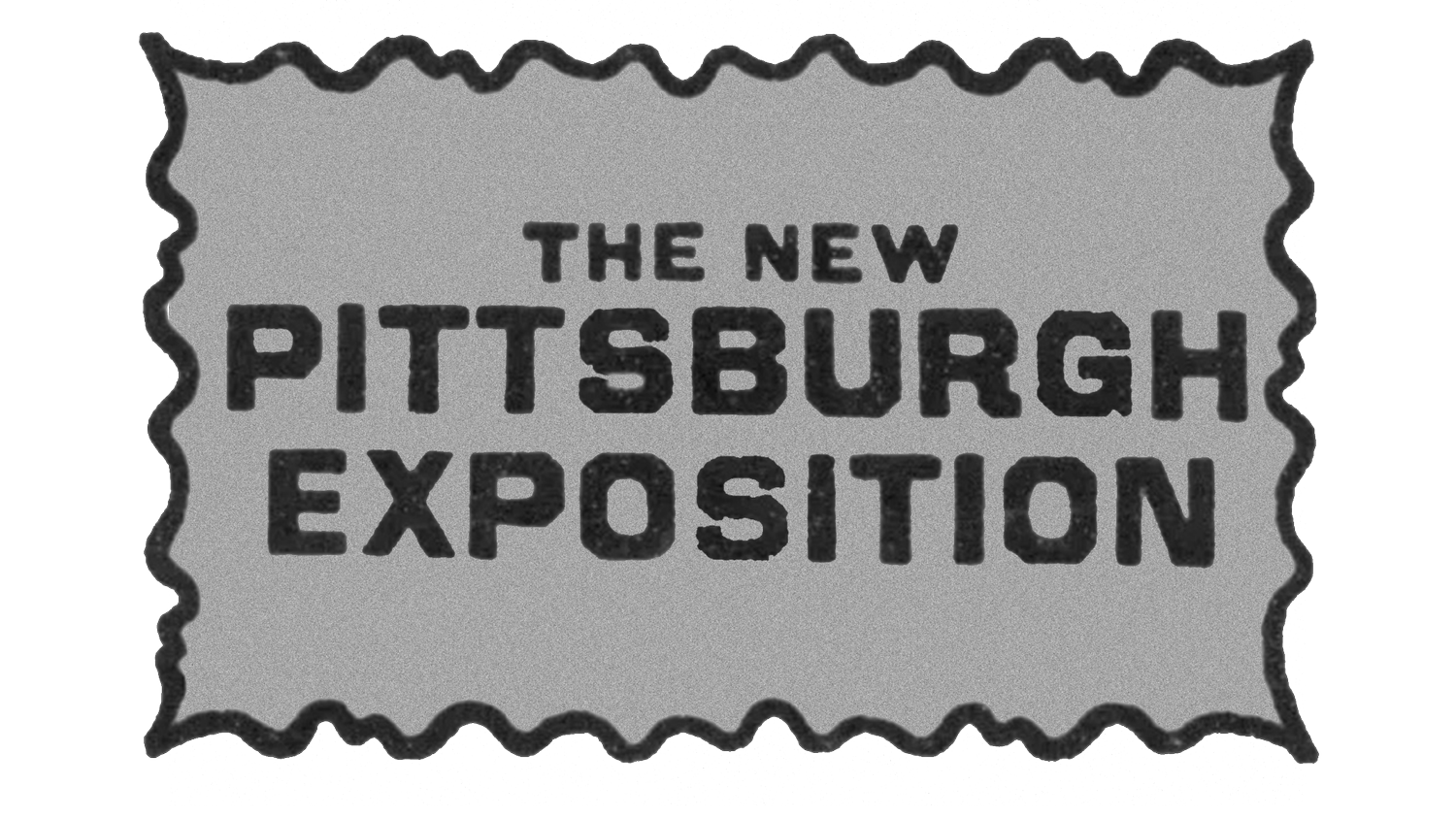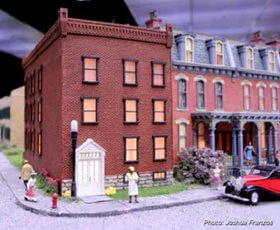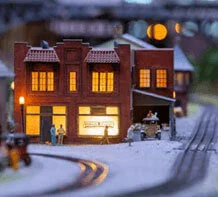Image courtesy of Joshua Franzos
The Hill District Home of Daisy Lampkin, a Famous Suffragist:
Daisy Lampkin, a dynamic Pittsburgh woman who was a leader in the civil rights and women’s suffrage movements and who lived on Webster Avenue in Pittsburgh for most of her adult life is the Miniature Railroad & Village honoree in 2020. Mrs. Lampkin started her public career in 1912 and her priorities were organizing efforts to end discrimination against and oppression of all African Americans and specifically Black women. She was active in many civil, political, community, and church-affiliated groups and blazed the trail for women in the National Republican Party and National Association for the Advancement of Colored People. During her tenure as a stockholder and executive at the Pittsburgh Courier newspaper, she led it to become the most widely distributed Black publication in the nation. Mrs. Lampkin also led a fundraising effort in Allegheny County to raise $2 million in war bonds to support the United States during WWII. A model of the Lampkin’s three-story home in the Hill District — which served as her headquarters for teas, meetings, and strategic planning —and a figure in her likeness are now on display in the Miniature Railroad. She made an indelible mark on the future of Black Americans and American history, and the Science Center is proud to recognize her legacy in this way.
Pittsburgh Courier Building:
Image courtesy of Joshua Franzos
The Pittsburgh Courier, published in Pittsburgh’s Hill District, had a national and international importance far beyond its home in the city’s “Little Harlem” neighborhood. From 1910 until his death in 1940, Robert Lee Vann served as editor and owner of the noted newspaper. He brought aboard many talented staff to achieve his dream of a successful Black newspaper in Pittsburgh, and its circulation skyrocketed. A crusading weekly that advocated for racial equality, the Courier achieved a circulation of 400,000 by 1947. This building was later demolished, and the model had to be reconstructed from views in old photographs to add this story to the experience of the Miniature Railroad & Village®.
The LeMoyne House:
Image courtesy of Joshua Franzos
The LeMoyne House is a two-story sandstone structure built in 1812 by Dr. F. Julius LeMoyne in Washington, PA, about 30 miles southwest of Pittsburgh. Though many additions and changes have been made to the building, the replica is based on its original design and features the distinctive rooftop garden where Dr. LeMoyne grew medicinal herbs and raised honeybees. Not only was he a successful physician, Dr. LeMoyne and his family were very active in the Underground Railroad, and his house served as the epicenter of antislavery activity in southwestern Pennsylvania from the 1830s through the abolition of slavery.
Crawford Grill:
In addition to the world-class jazz that became its claim to fame, Crawford Grill was also equal parts town hall, boardroom, and bank. Crawford Grill opened in the early 1930s under Gus Greenlee, a money lender and numbers runner who also turned the Pittsburgh Crawfords into a winning Negro League baseball team. The restaurant had three floors, the second with a glass-topped bar and a revolving stage for musicians playing the famous mirrored upright piano. Harlem Renaissance poet Claude McKay dubbed the Grill the “crossroads of the world” for its many headliners, including Louis Armstrong, Count Basie, Billy Eckstine, Duke Ellington, Ella Fitzgerald, and countless others, who often showed up at the Crawford Grill for a visit and usually a jam session after performances in prestigious downtown theaters.
Ebenezer Baptist Church:
When the Ebenezer Baptist Church burned down in the Hill District in 2004, it sent shockwaves through the community. Ebenezer Baptist is the oldest Black Baptist congregation in Pittsburgh and the first to own a church building—its origins can be traced back to 1875. Ebenezer Baptist Church stood as a pillar for the burgeoning Civil Rights Movement in the United States. In 1932, the church hosted the National Urban League Conference. The Urban League was founded in New York City in 1910 to help Black migrants from rural areas adjust to city life, but over the years it has expanded its focus to include a wide array of economic and social issues facing the Black community. Civil Rights leaders Martin Luther King, Jr. and Jesse Jackson both gave speeches at the church.
Two firefighters lost their lives when the belltower collapsed as the crew fought the blaze. To honor those firefighters, the Miniature Railroad staff constructed the model’s belltower with scorched wood from the original structure. The model also houses a small time capsule with fire fighter patches and remembrances from the congregation and community.





